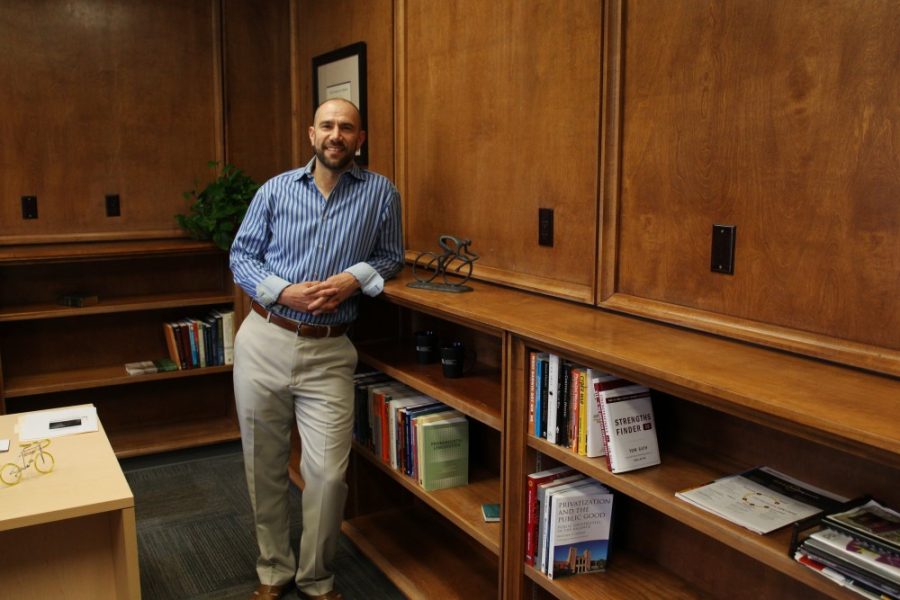If your GPS-equipped phone gets shattered, destroyed, lost or just becomes generally unfashionable, it’s safe to assume a United Nations conference won’t be called to address the issue. However, that’s not the case for its electronic counterparts used out in space. These devices are constantly watched for their interaction with the asteroids, comets and general debris, and now they are also being watched for their political implications.
Satellites circle our globe, facilitating incredibly accurate signaling for the purposes of location, TV, radio, the Internet, the Wall Street Stock Exchange accuracy and space photography.
However, when a satellite’s technology goes out of style or fails, it’s not as simple as tossing one out and getting a replacement. This is where the UA’s new space object behavioral sciences initiative comes in.
“We want to understand where all the debris is that’s up there, we want to know if someone wants to launch a new satellite or a constellation of satellites, is it safe for them to go and still be able to execute whatever mission they may have?” said Brian Ten Eyck, associate director of research support for the UA College of Engineering.
It is precisely this safety of continuing missions that is a large concern for the initiative. Eyck cites the Chinese anti-satellite missile test of 2007 to illustrate his point.
“The satellite that they hit was in orbit high enough up that it created substantial debris fields,” Eyck said. “You had a missile and a satellite. It became at least 3,000—some estimate 6,000—pieces of debris. That’s one event in 2007. It’s an orbit such that debris field is never going to fall. Hundreds of years later it’s going to be there.”
It’s important to note that all of that debris is property of China, so nobody but the Chinese government can clean those pieces up.
“You can’t go vacuum up other people’s mess without their permission,” Eyck said.
This highlights the increasingly politically charged nature of space.
“They blew up one of their own satellites, so it wasn’t in some sense hostile, but it certainly demonstrated to everyone else that they could do that,” Eyck said. “They didn’t, and we’re not saying that they will, but they could.”
It was the policy behind this exact sort of occurrence that the United Nations created the Committee on the Peaceful Uses of Outer Space in 1959.
One of UA’s own, Moriba Jah, director of the UA’s space object behavioral sciences initiative, is currently at a COPUOS conference in Vienna, bringing UA science to Austria so that he can try to inform the policy and discussion about peaceful and functional use of space.
The science brought to the table includes information about graveyard orbits, designated locations where defunct satellites, spacecraft and general debris are to be left. The orbits are around 1,000 times the object’s area-to-mass ratio plus 235 kilometers, left for no more than 25 years. Many of these objects have been in orbit for more than 25 years, or have fallen out of the orbit where they were supposed to stay in.
“The graveyard orbit does not last in perpetuity,” Eyck said. “What are the forces acting on stuff that much further out that would cause their orbits to begin to decay? It’s a new thing and we’re studying it.”
Follow Alexandria Farrar on Twitter.









